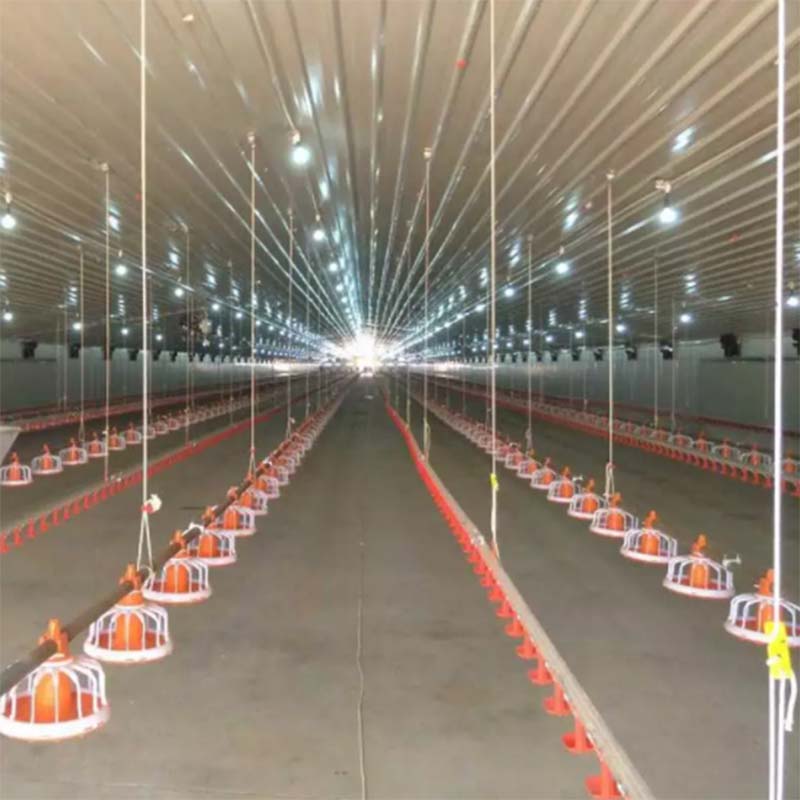Improving Airflow Efficiency through Optimized Inlet Window Design and Placement Strategies
აგვ . 13, 2024 15:06 Back to list
Improving Airflow Efficiency through Optimized Inlet Window Design and Placement Strategies
The Importance of Air Inlet Windows in Modern Architecture
Air inlet windows, often overlooked in discussions of architectural design, play a crucial role in enhancing indoor air quality and energy efficiency in modern buildings. As environmental awareness and energy conservation become paramount in today’s world, the integration of air inlet windows has gained significant importance. These windows serve as essential components of a building's ventilation system, allowing for the controlled influx of fresh air while minimizing energy loss.
One of the primary functions of air inlet windows is to facilitate natural ventilation. By strategically placing these windows within a structure, architects can create a airflow pattern that allows indoor air to escape and fresh outdoor air to enter. This process not only helps in regulating temperature but also improves indoor air quality. According to various studies, poor indoor air quality can lead to health issues such as respiratory problems, allergies, and even decreased productivity. Air inlet windows help mitigate these risks by ensuring a steady supply of fresh air, which is vital for maintaining a healthy living environment.
Incorporating air inlet windows into a building's design also contributes to energy efficiency. Traditionally, many buildings relied heavily on mechanical ventilation systems to regulate indoor climates. However, these systems can consume a significant amount of energy, leading to higher operating costs and increased carbon emissions. By utilizing air inlet windows for natural ventilation, buildings can reduce their reliance on mechanical systems, cutting down both energy consumption and costs. During temperate weather, open windows can provide sufficient airflow without the need for air conditioning or heating, showcasing the potential for sustainability in architectural practices.
air inlet window

Air inlet windows are also adaptable to various climates and styles of buildings. In hot climates, for example, these windows can be installed higher in the structure to allow hot air, which rises, to escape, while cooler air enters through lower openings. In colder climates, strategically placed air inlet windows can capture prevailing winds, effectively channeling them into the building while minimizing heat loss. This adaptability makes them a versatile choice for architects looking to create energy-efficient designs tailored to local environmental conditions.
Moreover, air inlet windows enhance the aesthetic appeal of a building. They can be designed to complement the overall architecture, adding character and style. Whether through sleek, modern designs or classic styles that blend seamlessly with traditional architecture, these windows can contribute to a building’s visual interest while serving the functional purpose of improving air quality and energy efficiency. The aesthetic potential of air inlet windows is an important consideration for architects who seek to balance form and function in their designs.
Finally, the implementation of air inlet windows aligns with the growing trend towards biophilic design, which emphasizes the connection between buildings and nature. By inviting the outdoors in and creating a dynamic relationship between indoor and outdoor environments, air inlet windows facilitate a sense of well-being among occupants. Natural light, fresh air, and the sounds of nature can significantly enhance the mood and productivity of individuals within a space.
In conclusion, air inlet windows are a vital element in modern architecture, offering numerous benefits that go beyond mere aesthetics. They improve indoor air quality, enhance energy efficiency, provide design flexibility, and foster a deeper connection to the environment. As the architecture industry continues to evolve with a focus on sustainability, the role of air inlet windows will undoubtedly become even more significant, paving the way for healthier and more efficient buildings in the future.
-
Automatic Feeding Line System - Anping Yize | Efficiency&Durability
NewsJul.29,2025
-
Automatic Feeding Line System - Anping Yize|Poultry Efficiency&Durability
NewsJul.29,2025
-
Automatic Feeding Line System-Anping County Yize Metal Products Co., Ltd.|Durable PP Material&Easy Maintenance
NewsJul.29,2025
-
Automatic Feeding Line System-Pan Feeder Nipple Drinker|Anping County Yize Metal Products Co., Ltd.
NewsJul.29,2025
-
Hot Sale 24 & 18 Door Rabbit Cages - Premium Breeding Solutions
NewsJul.25,2025
-
Automatic Feeding Line System Pan Feeder Nipple Drinker - Anping County Yize Metal Products Co., Ltd.
NewsJul.21,2025






